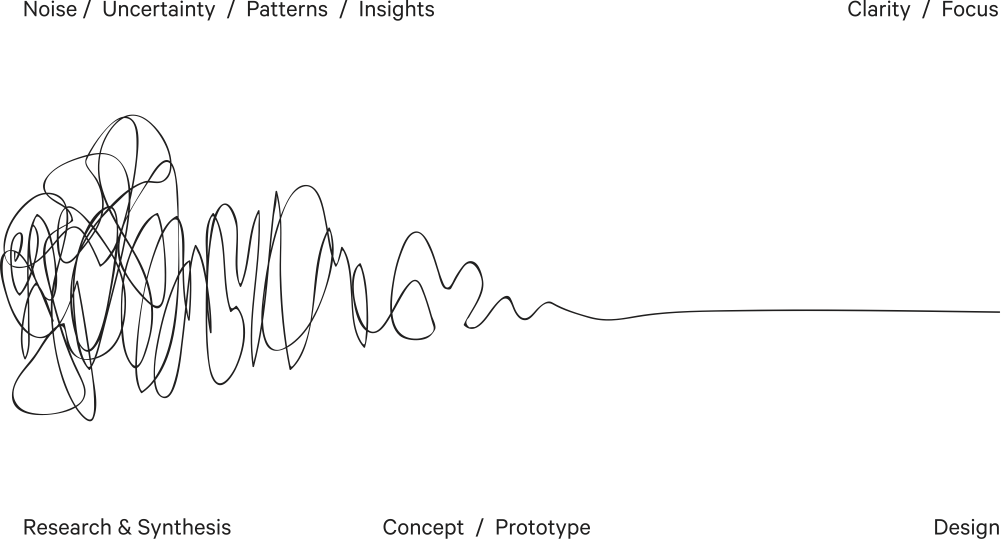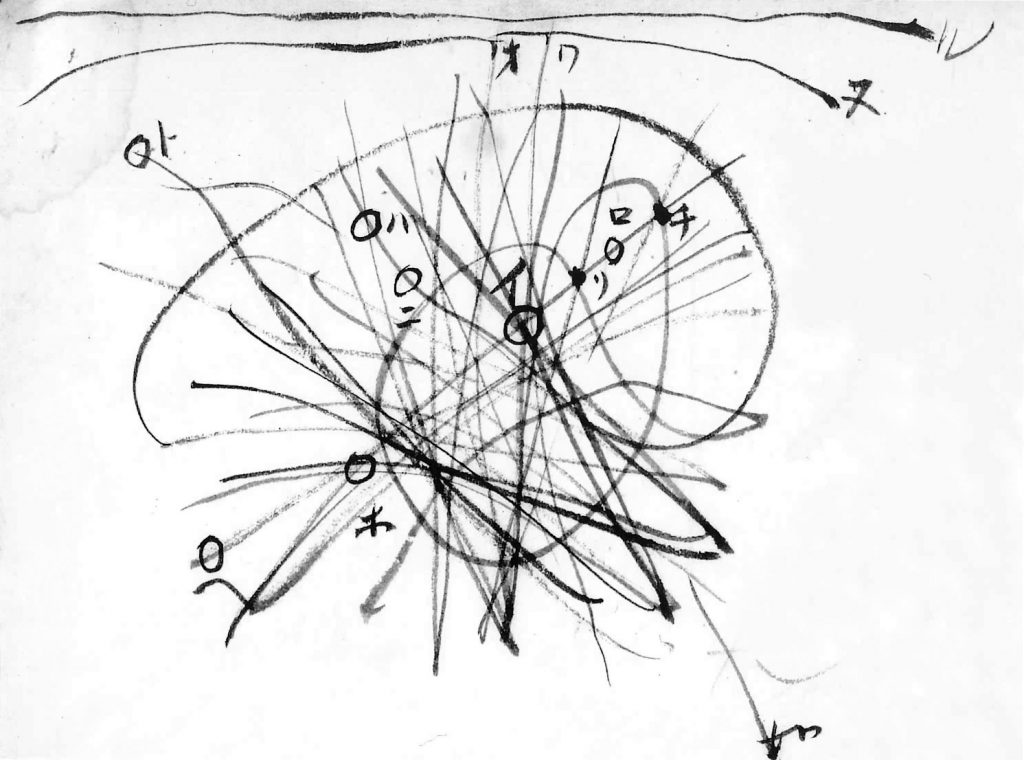I’m currently helping to organize the joint conference of the Australian Anthropological Society (AAS) and the Association of Social Anthropologists of Aoteroa New Zealand (ASAA/NZ). I’ve been part of conference organizing before, so I didn’t expect to run into anything too confusing, but even within the English-language anthropology world, there are quite large differences, even if the basic unit of a conference is everywhere the fifteen-minute paper.
Because of funding limitations and my lack of imagination, I’ve only ever attended the largest conferences more than once: AAA, 4S (an STS conference), and SCA (mostly because I was a student board member.) I’ve also been to a CASCA (the Canadian conference) when it was held jointly with AES, a JASCA (the Japanese national conference,) one for the Society for East Asian Anthropology, and a couple smaller ones in Japan.) (The ASAANZ meeting I’m helping to organize will be the first one of these I attend. I’ve never been to a meeting in Europe, South America, Africa, or Asia outside of Japan and Hong Kong.)
Between all of these and the Australian/New Zealand conferences, there are two big (and unexpected to me) differences: panel formats and food.
Panel Formats
AAA, SCA, CASCA, and JASCA, and I’m sure many other conferences tend, to be based on what I’ll call the AAA-style panel. Someone will come up with a proposal for a panel, and find 5 or 6 other people to present papers or be discussants. They will all get their abstracts written by the deadline, and everyone’s contribution goes in as one package, which is also accepted or rejected as one set.
These conferences generally also accept individual paper proposals, in which a paper can be submitted without already being part of a panel. If the paper is accepted, then the organizers will put together a panel consisting of other individual papers.
The relevant characteristic here is that papers are either assessed as one panel, or they are assessed as an individual paper. There is no in-between option. And whereas individual papers go through one round of screening, papers on panels go through two: once when they are accepted by the panel organizer, and another when they panel as a whole is accepted by the conference organizers.
A few years ago, 4S started doing “open panels” which was new to me. For these panels, the conference organizers would invite proposals for panels without any associated paper proposals. Panel proposals would be accepted or rejected, and the organizers with accepted panels would then go out and invite paper proposals, which they would accept or reject.
In this system, the panels are assessed once by the conference organizers, but the rest of the selection work is done by the panel organizers. 4S continues to also accept “closed” panel proposals, which are the same as the AAA style of panel.
I recently learned that in the Australian system, all panels are treated like 4S-style open panels. The conference organizers assess only panel proposals. Panel proposals do not need to have any papers in place, and in fact, the conference rules require panels to be open to public submissions. (Although there seems to be a tacit understanding that some panels will have their roster of paper presenters already fixed.) So there are two deadlines for the AAS-style conference: one for the panels, and the one for all the papers submitted to those panels.
I can see some advantages to this approach. Labor that has to be done by the conference organizers in the AAA model is distributed across dozens of panel organizers in the AAS model.
The AAS model also makes it easier to accept a higher proportion of papers. In the AAA model, a paper on a panel rejected from the conference is gone from that conference. Especially with the way that AAA sets deadlines, a paper on a rejected panel cannot become an individual paper submission. (I have heard of rejected panels being accepted as poster sessions, however.) In the AAS model, some panels will receive a lot of paper submissions and reject some number of papers. But these papers can still survive by being transferred for consideration on other panels that may have received fewer submissions. I haven’t seen relative acceptance rates, but it wouldn’t surprise me if AAS-style conferences had much higher ones.
One question that I can’t answer yet is how this affects the feel, if not the quality of panels. I once presented as part of an open panel at 4S, and it felt like a very scattered grouping of papers that did not lead to much interesting discussion. The quality of AAA panels varies wildly, but for the good ones, it’s clear that somebody has given thought to why this group of people belonged together, and this is usually reflected in the quality of the Q&A and discussion after the papers.
Not having been to an AAS or ASAANZ meeting before, I’m curious about the effect of having all panels as open panels.
Food
At only one conference I’ve attended so far has there been food included in the conference registration fee. This was the SCA meeting held at Cornell University in 2016. At every other conference, it’s only been the finger foods at receptions that have been included. There are always conference dinners, but these cost extra. The printed conference programs usually have good suggestions for nearby restaurants. At AAA, the places to eat in and near the venue are always packed to capacity with anthropologists at lunch and dinner (except for McDonald’s.) I assumed that food was included at the SCA at Cornell because there was nowhere nearby we could go to eat.
If you’re planning to come to Wellington for AAS/ASAANZ in 2020, I have good news for you. Your conference registration fee will include lunch on each day of the conference, plus “morning and afternoon teas.” These are what people back home call coffee breaks. I expect there will be cookies and coffee in addition to “tea.” In fact, a frightening amount of our budget will be used to feed you. Much of your registration fee is going to go straight into your (or someone else’s) stomach.
When I originally started putting the budget together for this conference, I did not include expenses for any meals, but this was quickly corrected. It seems that in Australia, New Zealand, and much of Europe, the conference’s food is part of the experience. In fact, it is, as more than one person told me, the thing that people remember about a conference, more than any talk they hear.
I’ve had good food while at conferences, but rarely from the conference. With any luck, we’ll have something delicious for you if you make the trip to Wellington in December.


